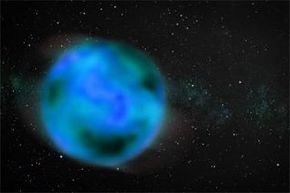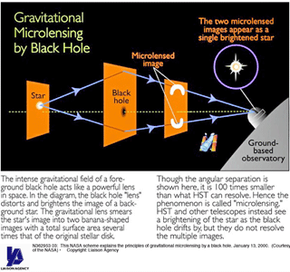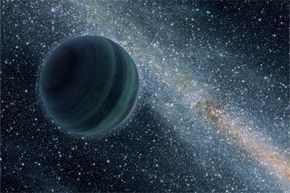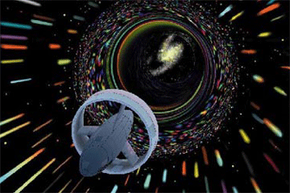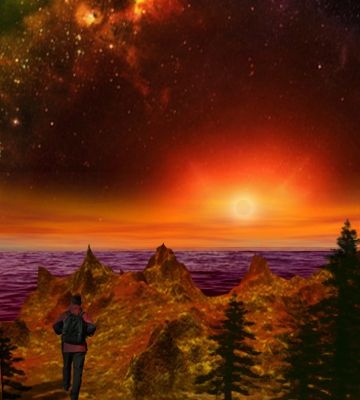Think about every space movie you've seen and name the worst imaginable way that a character has been killed off (and try to forget about the babyalien popping out of that guy's chest). Got it? OK. The second-worst way to die in space surely must be floating away from the mother ship -- just being alone out there, with no control over direction or fate (although it would be a really quick death).
Now imagine that there may be millions of planets untethered to the mother ship in real life. They're callednomad planets(akafree-floating,interstellarororphan planets), and astronomers andsci-fifans have been pondering their existence for a while now.
Advertisement
Existing in the netherworld between solar systems, these planets may arise after being ejected from their orbits, or they may form after an interstellar cloud collapses. In either case, they wind up roaming theMilky Way. Could Earth get the boot, too? Could a rogue planet come crashing through our solar system? The discovery of nomad planets has forced us to re-examine some very basic concepts, ranging from how planets are formed to how they hold their places in orbit.
At the same time, these wanderers have made us realize that we're not as alone as we thought on the planetary level. In fact, we might have far more company than is provided by just exoplanets. Yep, nomad planets may number in the quadrillions, according to one estimate from Dr. Louis Strigari, an astrophysicist at the Kavli Institute for Particle Astrophysics and Cosmology.
因为这is such a new concept, the scientific community is still hard at work confirming the existence of planets that aren't bound to a star. In this article, we'll explore how nomad planets are made, how they may go rogue, where they're headed and, finally, if they could sustain life.
There's a lot we still don't know about nomad planets, but that's part of what makes them so exciting.
Advertisement
